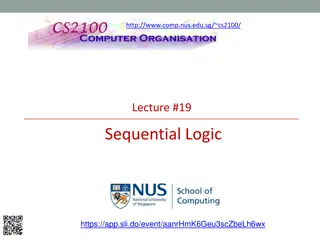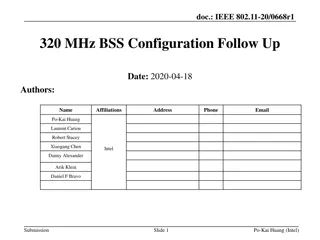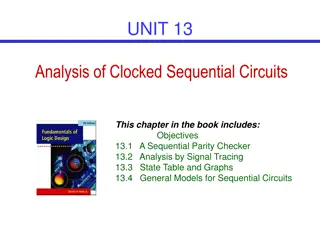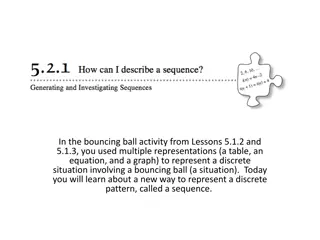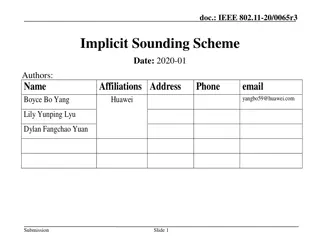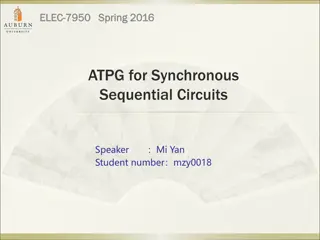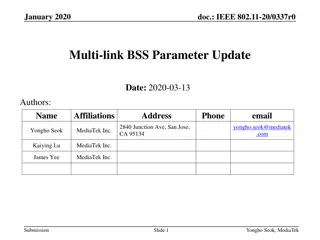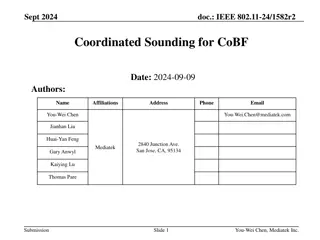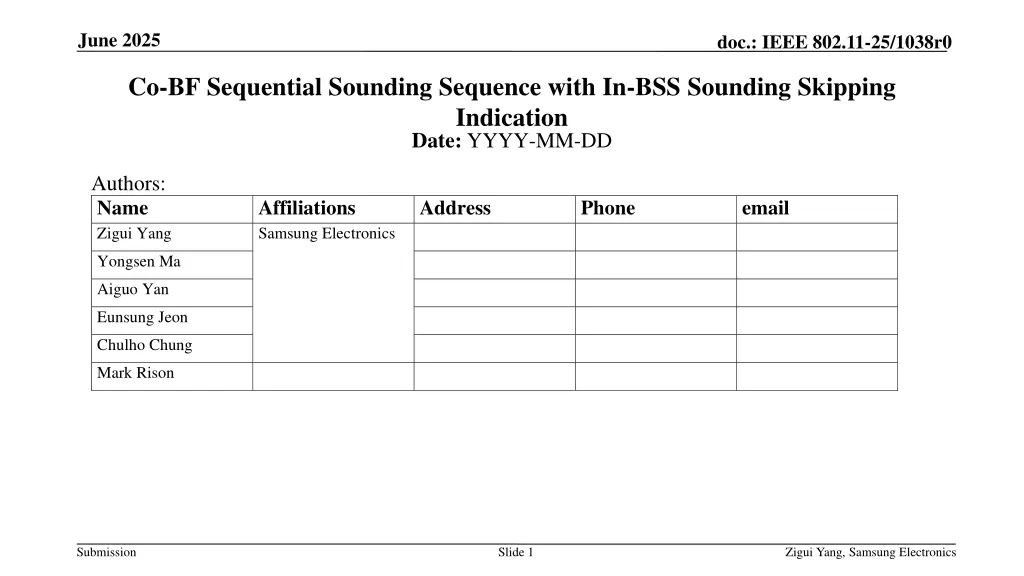
Sequential Sounding Improvement in IEEE 802.11 Networks
Explore the implementation of Co-BF Sequential Sounding in IEEE 802.11 networks, focusing on the option to skip in-BSS sounding to enhance system throughput and reduce sounding time. Learn how this feature benefits APs and STAs in communication setups.
Download Presentation

Please find below an Image/Link to download the presentation.
The content on the website is provided AS IS for your information and personal use only. It may not be sold, licensed, or shared on other websites without obtaining consent from the author. If you encounter any issues during the download, it is possible that the publisher has removed the file from their server.
You are allowed to download the files provided on this website for personal or commercial use, subject to the condition that they are used lawfully. All files are the property of their respective owners.
The content on the website is provided AS IS for your information and personal use only. It may not be sold, licensed, or shared on other websites without obtaining consent from the author.
E N D
Presentation Transcript
June 2025 doc.: IEEE 802.11-25/1038r0 Co-BF Sequential Sounding Sequence with In-BSS Sounding Skipping Indication Date: YYYY-MM-DD Authors: Name Zigui Yang Affiliations Samsung Electronics Address Phone email Yongsen Ma Aiguo Yan Eunsung Jeon Chulho Chung Mark Rison Submission Slide 1 Zigui Yang, Samsung Electronics
June 2025 doc.: IEEE 802.11-25/1038r0 Abstract In 11bn, Co-BF has two sounding sequences, joint and sequential [1]. In sequential sounding, each STA will be sounded twice, one is in-BSS sounding and the other one is in cross-BSS sounding. In sequential sounding, it is desirable to have the option to skip in-BSS sounding for STAs associated with any AP[2]. The AP may use a single bit value to indicate that it will skip its in-BSS sounding stage. The indication helps the other AP understand if the sounding sequence is complete or not. The indication can be done in Invite/Response or NDPA frames. Submission Slide 2 Zigui Yang, Samsung Electronics
June 2025 doc.: IEEE 802.11-25/1038r0 Sequential Sounding Co-BF Sequential sounding [2] Submission Slide 3 Zigui Yang, Samsung Electronics
June 2025 doc.: IEEE 802.11-25/1038r0 Sequential Sounding Sequence A complete sequential sounding sequence has two in-BSS and two cross-BSS sounding stages. In-BSS sounding does not involve the participation of the other AP or OBSS STAs and may be set to be optional. The reasons that an AP may want to skip its in-BSS sounding include The AP may have already obtained the CSIs needed recently from Single AP SU/MU-MIMO sounding Previous Co-BF sequential sounding (with the responding AP or other APs). Skipping in-BSS sounding can save up to half of the sounding time. It helps Improve the overall system throughput Reduce the chance of sounding failure Shorten the sounding sequence makes the cross-BSS sounding results more updated and interference nulling more effective Submission Slide 4 Zigui Yang, Samsung Electronics
June 2025 doc.: IEEE 802.11-25/1038r0 Indication Implementation Both APs participating in sequential sounding should be able to control if they would like to skip the in-BSS sounding step in the sequence. Even though each AP controls its own in-BSS sounding, it is beneficial to inform the other AP about the decision. Each AP may use a single bit to indicate whether to skip the in-BSS sounding of all its associated STA(s) which are scheduled to do Co-BF sounding. The place for this indication could vary. It could be indicated in the sounding Invite or Response frame by the initiating AP and the responding AP respectively. It could be indicated in an AP s NDPA frame. Submission Slide 5 Zigui Yang, Samsung Electronics
June 2025 doc.: IEEE 802.11-25/1038r0 References [1] IEEE P802.11bn/D0.2 [2] IEEE PDT-CRs-Joint-sounding-procedure Submission Slide 6 Zigui Yang, Samsung Electronics


